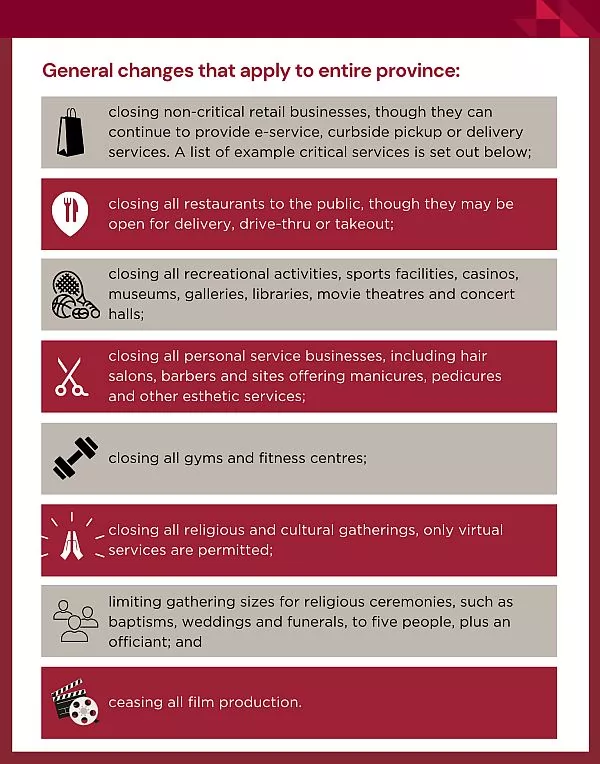Overseer has been widely accepted by regional councils as the tool to use for understanding the flow of nutrients on and off a farm. In particular, Environment Canterbury has recognised Overseer as the applicable model to be used when considering nutrient issues under the Regional Plan, or resource consent applications.
This approach from councils has come under fire this year, with concerns raised about whether a model that was developed to indicate nutrient loss (in particular nitrogen) was appropriate to be used as a hard-and-fast rule governing our farming industry.
Whether you agree with it or not, Overseer seems here to stay. One of the key issues that has arisen for users of Overseer is that it is frequently updated – with Version 6.2.1 released in December 2015. The concern for users of Overseer is that each version can result in different 'numbers' being generated. For example, it is anticipated that Version 6.2.1 may result in the figures showing an increased nitrogen-loss estimate.
This increase in nitrogen-loss under different versions can cause difficulty for those who are operating under a resource consent that limits nutrient loss in specific figures, without specifying which Overseer version is to be used.
It will also cause problems for those discharging nutrients currently in compliance with the Land and Water Regional Plan. The plan requires that the most up-to-date version of Overseer is to be used. The Land and Water Regional Plan sets specific figures of nitrogen loss that is allowed for a permitted activity – so any change to the way these numbers are calculated could impact on permitted activity users. If the Overseer outputs change to an extent that a user no longer comes within the permitted activity rules, a resource consent is likely to be required, despite there being no actual changes to on-farm management.
The difficulty is, of course, that the actual nitrogen being lost has not changed. However, with changes to the modelling, different results can be generated from the same data input, depending on the version of the model used.
The content of this article is intended to provide a general guide to the subject matter. Specialist advice should be sought about your specific circumstances.

